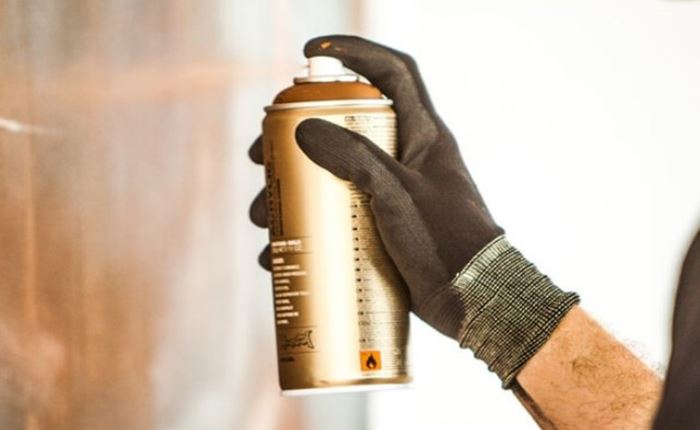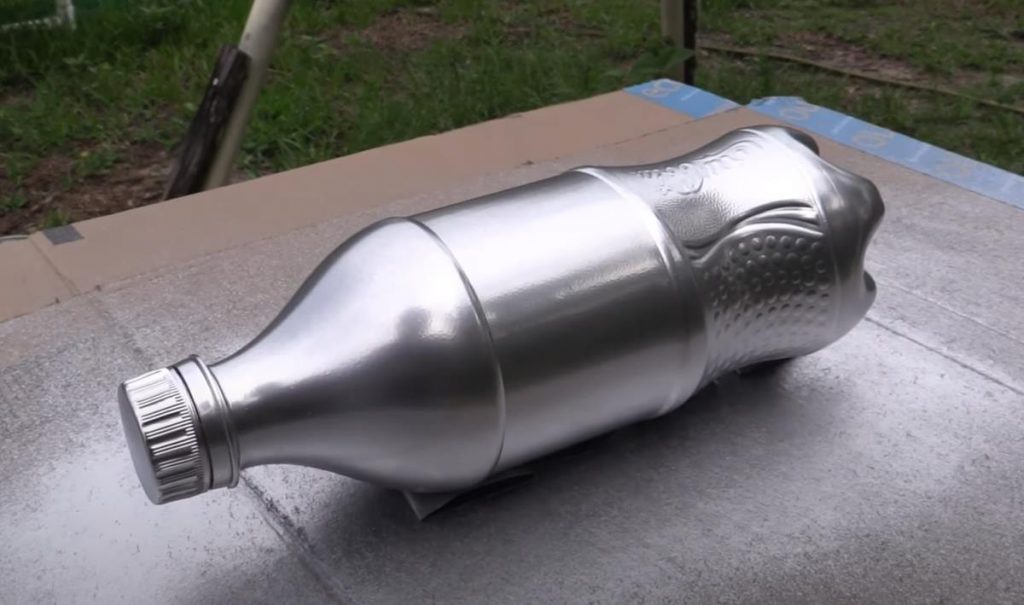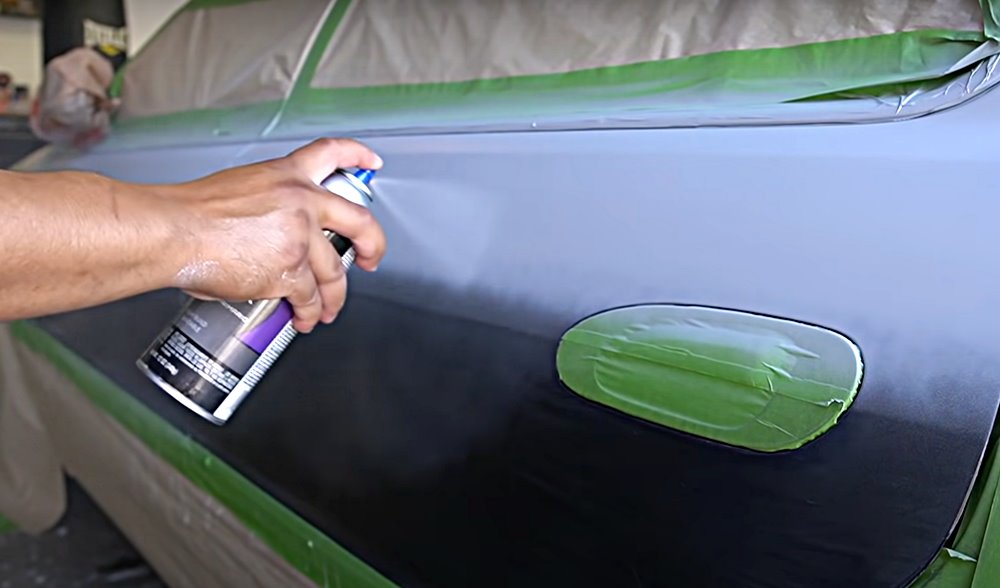Spray painting plastic surfaces can be a quick and easy way to update the look of an item, but what do you do when you make a mistake or no longer want that particular color? Removing spray paint from plastic can be a challenging task, but it is possible with the right tools and techniques. In this article, we will provide a step-by-step guide for removing spray paint from plastic surfaces.

Preparing for the Removal Process
Before starting the removal process, it is important to gather all the necessary supplies. You will need rubbing alcohol, nail polish remover, baking soda, warm water, vinegar, a commercial paint remover, gloves, a soft cloth, and a plastic scraper. It is also important to identify the type of plastic you are working with, as different plastics may react differently to various removal methods. Testing the chosen method on a small, inconspicuous area of the plastic is also recommended to ensure that it does not cause any damage.
Methods for Removing Spray Paint from Plastic
There are several methods for removing spray paint from plastic surfaces, each with its own strengths and weaknesses. Here are a few options to consider:
Using Rubbing Alcohol – Rubbing alcohol is an effective solvent that can dissolve spray paint. Simply dampen a soft cloth with rubbing alcohol and gently rub the affected area until the spray paint begins to lift.
Applying Nail Polish Remover – Nail polish remover containing acetone can also be used to remove spray paint from plastic surfaces. Apply a small amount to a soft cloth and gently rub the affected area until the paint begins to lift.
Using Baking Soda and Warm Water – Mixing baking soda with warm water to create a paste can also be an effective method for removing spray paint from plastic surfaces. Apply the paste to the affected area and let it sit for 30 minutes before wiping it away with a soft cloth.
Applying Vinegar – Vinegar is another household item that can be used to remove spray paint from plastic surfaces. Apply a small amount to a soft cloth and gently rub the affected area until the paint begins to lift.
Using a Commercial Paint Remover – If the above methods do not work, a commercial paint remover designed for plastic surfaces may be necessary. Follow the instructions on the product carefully and wear gloves to protect your hands.
Step-by-Step Guide for Removing Spray Paint from Plastic
Here is a step-by-step guide for removing spray paint from plastic surfaces using the rubbing alcohol method:
- Put on gloves to protect your hands from the rubbing alcohol.
- Dampen a soft cloth with rubbing alcohol.
- Gently rub the affected area in a circular motion until the spray paint begins to lift.
- Use a plastic scraper to gently scrape away the paint, taking care not to scratch the plastic.
- Repeat the process until all the spray paint has been removed.
- Wipe the area clean with a damp cloth to remove any residue.
Preventing Future Spray Paint Mishaps
To avoid the need to remove spray paint from plastic surfaces in the future, it is important to take precautions. Here are a few tips to consider:
- Protect the plastic surface by covering it with newspaper or a drop cloth before spray painting.
- Consider using alternative painting materials, such as acrylic paint or spray paint specifically designed for plastic surfaces.
- Encourage responsible spray painting by reminding others to only spray paint in well-ventilated areas and to avoid spraying too close to the plastic surface.
FAQs & answers for the above topic
Here are five frequently asked questions (FAQs) and their answers regarding how to remove spray paint from plastic:
Is it possible to remove spray paint from all types of plastic?
Different types of plastic may react differently to various removal methods. Before starting the removal process, it is important to identify the type of plastic you are working with and to test the chosen method on a small, inconspicuous area to ensure that it does not cause any damage.
What if the spray paint is very thick and difficult to remove?
If the spray paint is very thick and difficult to remove, a commercial paint remover designed for plastic surfaces may be necessary. Follow the instructions on the product carefully and wear gloves to protect your hands.
Can I use a metal scraper to remove spray paint from plastic?
It is not recommended to use a metal scraper to remove spray paint from plastic as it can easily scratch or damage the plastic surface. Instead, use a plastic scraper or a soft cloth to gently rub the affected area.
Can I use sandpaper to remove spray paint from plastic?
Sandpaper should not be used to remove spray paint from plastic as it can easily scratch or damage the plastic surface. Instead, use a gentle removal method such as rubbing alcohol, nail polish remover, baking soda and warm water, vinegar, or a commercial paint remover.
How can I prevent future spray paint mishaps on plastic surfaces?
To prevent future spray paint mishaps, it is important to take precautions such as protecting the plastic surface by covering it with newspaper or a drop cloth before spray painting, using alternative painting materials such as acrylic paint or spray paint specifically designed for plastic surfaces, and reminding others to only spray paint in well-ventilated areas and to avoid spraying too close to the plastic surface.
Conclusion
Removing spray paint from plastic surfaces may seem daunting, but with the right tools and techniques, it is possible. By following our step-by-step guide and taking precautions to prevent future mishaps, you can keep your plastic surfaces looking their best. Share this guide with others to help them remove spray paint from plastic surfaces and avoid costly mistakes. Remember to always test the removal method on a small, inconspicuous area of the plastic first and to wear gloves to protect your hands. With a little patience and care, you can restore your plastic surfaces to their original appearance.


